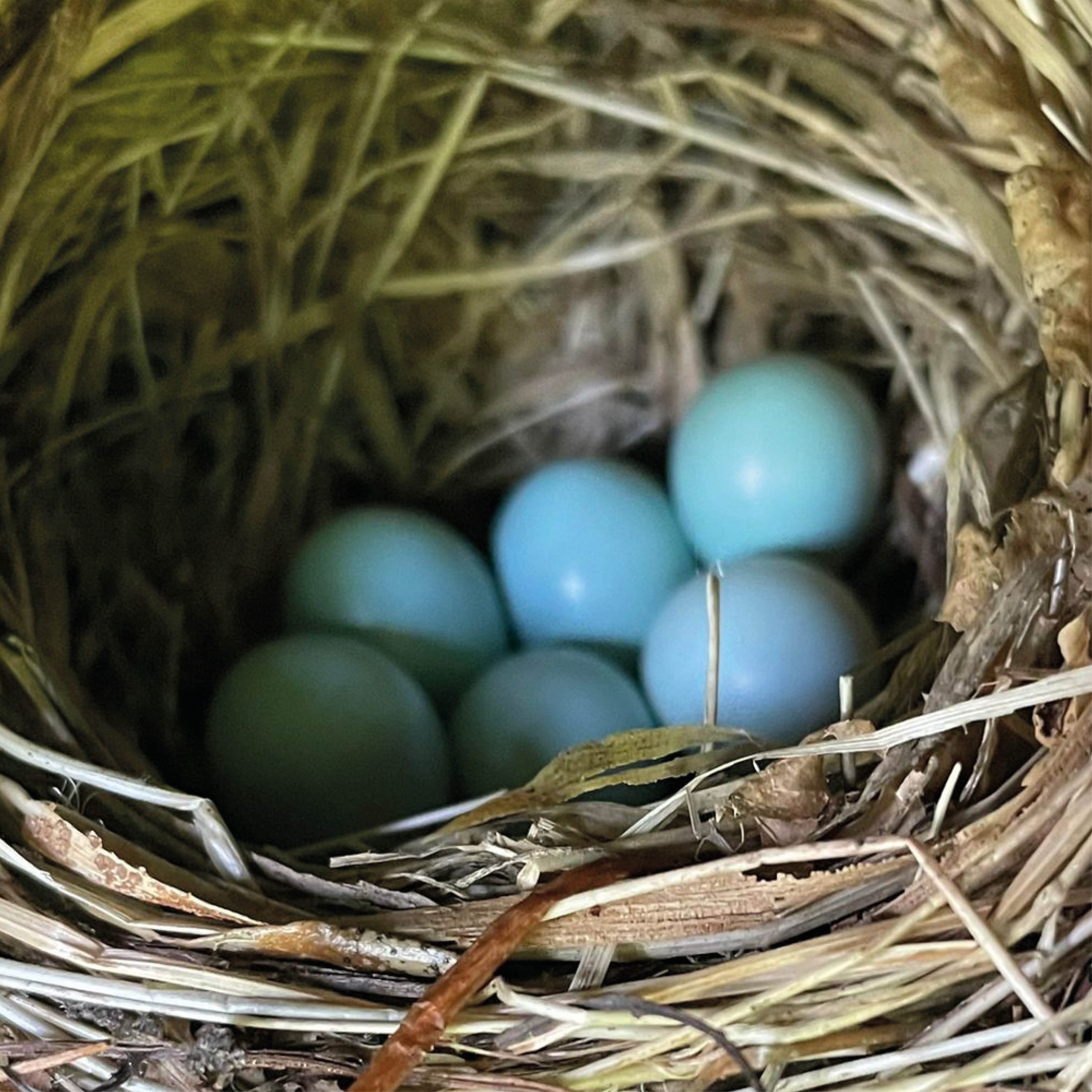As spring arrives, one of the urges for a lot of us is to start spring cleaning. It is a natural pattern of clearing out the energy from the winter months and letting fresh air into our lives.
How can our homes encourage and support us to be at our best? Our environment is the physical edge between our internal and external worlds. It is the edge, the place of interaction with others, particularly if we share our home. Our physical environment affects our emotional environment and vice versa. It reflects our inner processes and both the positive and negative patterns in our lives: patterns of variety, hanging on to the past, unfinished projects, unity, growth, relaxation and play.
The space we live in can be fertile ground for thinking, health, creativity, positive relationships, work, learning and love. Or it could be a place of chaos, frustration and bad memories, with mini avalanches occurring whenever you try and find something. To improve soil condition and enhance fertility in the garden we would aerate. Dust and clutter could be seen as the pests and diseases of the home that restrict our growth.
We might be living in the past, emotionally connected to our memories through physical items, or living in the future: ‘I’ll make/do/read that when I have time’. Clutter is a product of procrastination, we put off dealing with what’s in front of us: we’ll put that cup away later; we’ll do our filing another time. This is not being kind to our future selves.
Moving items on can be like pruning our lives. When we prune fruit bushes the plant is then able to put more energy into the remaining fruit, producing less but bigger fruit. The first step with pruning is to take out any dead or diseased branches. This could apply to anything that is broken – fix it or ditch it.
Next we look at what branches are crossing over and rubbing each other. What is crossing over in your life and stopping you doing something else? Is there no floor space to put your yoga mat? Would you like to move home or go traveling but are too weighed down to do so? Our material assets can be used to pseudo-satisfy our need for protection and identity, but may inhibit our need for freedom, creativity and leisure. Pruning is not going to kill the plant and likewise moving stuff out of your life will actually enhance growth and allow space for new influences and experiences.
The words ‘getting rid of’ can be sticky in themselves and need reframing. Changing this to ‘moving things on’, or ‘creating space’ allows us to feel more positive about it. Regifting is my favourite way of moving things on. Moving into an abundance mentality allows for more flow of energy around us.
In the spring time nature starts a new. And as autumn draws close, trees send toxins into their leaves. As we let go of things we can imagine the toxins – the bad habits and painful memories going with them. Clearing clutter becomes a cathartic, healing process.
We can expand the edges of tidiness and create new patterns by slowly increasing the boundaries of order. This leads us to another principle work out from small well-managed areas, success in small areas encourages us to continue as capacity allows. Thinking of our home in zones allows us to prioritise the areas to sort out.
For a while it may be necessary to stem the flow into your home and increase the pathways out. This may present us with many opportunities to practise saying no to things. We wouldn’t want to make this a permanent state to be in – saying no to new things/projects/experiences in your life – but it may be a vital step to take for a while.
Motivations for change can come from focusing on what we are going to gain. Letting go of the past gives us space to expand into new horizons and allows for the ‘now’ in both the literal and metaphorical sense.
Potential exit routes:
Donate books to the library
Swap clothes with friends
Charity shops
Freecycle
Local schools, kids’ clubs or home educating groups
Friends, family, neighbours
Putting things outside your house with a ‘please take me’ notice.
A design method is to map energy flows. You can do this for what comes and goes in and out of your home. This will provide you with useful information about where all this stuff is coming from and how you might be able to restrict items coming in. Mapping the pathways out of your house will also help to see how many places you can pass things on to.
Looby looks specifically at the application of permaculture in a social and relationship context (permaculture’s people care principle).
Looby is a permaculture teacher and author, including the first book to explore the people care ethic, People and Permaculture.





